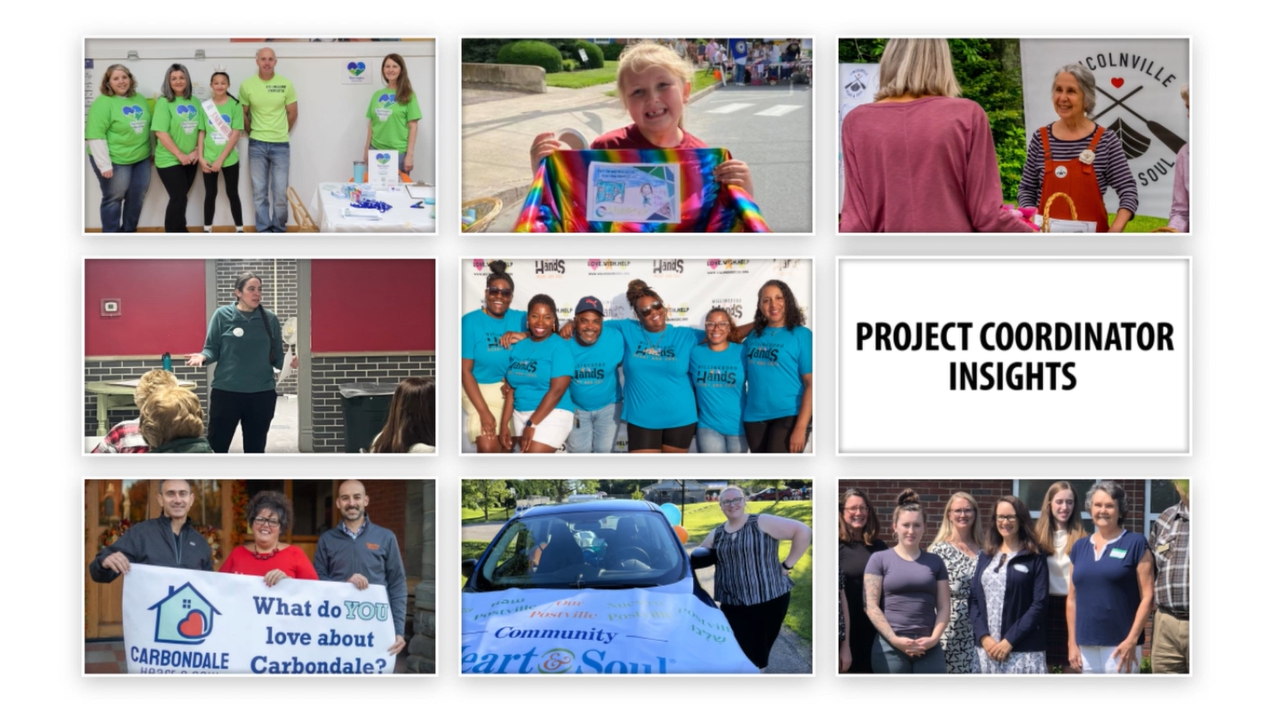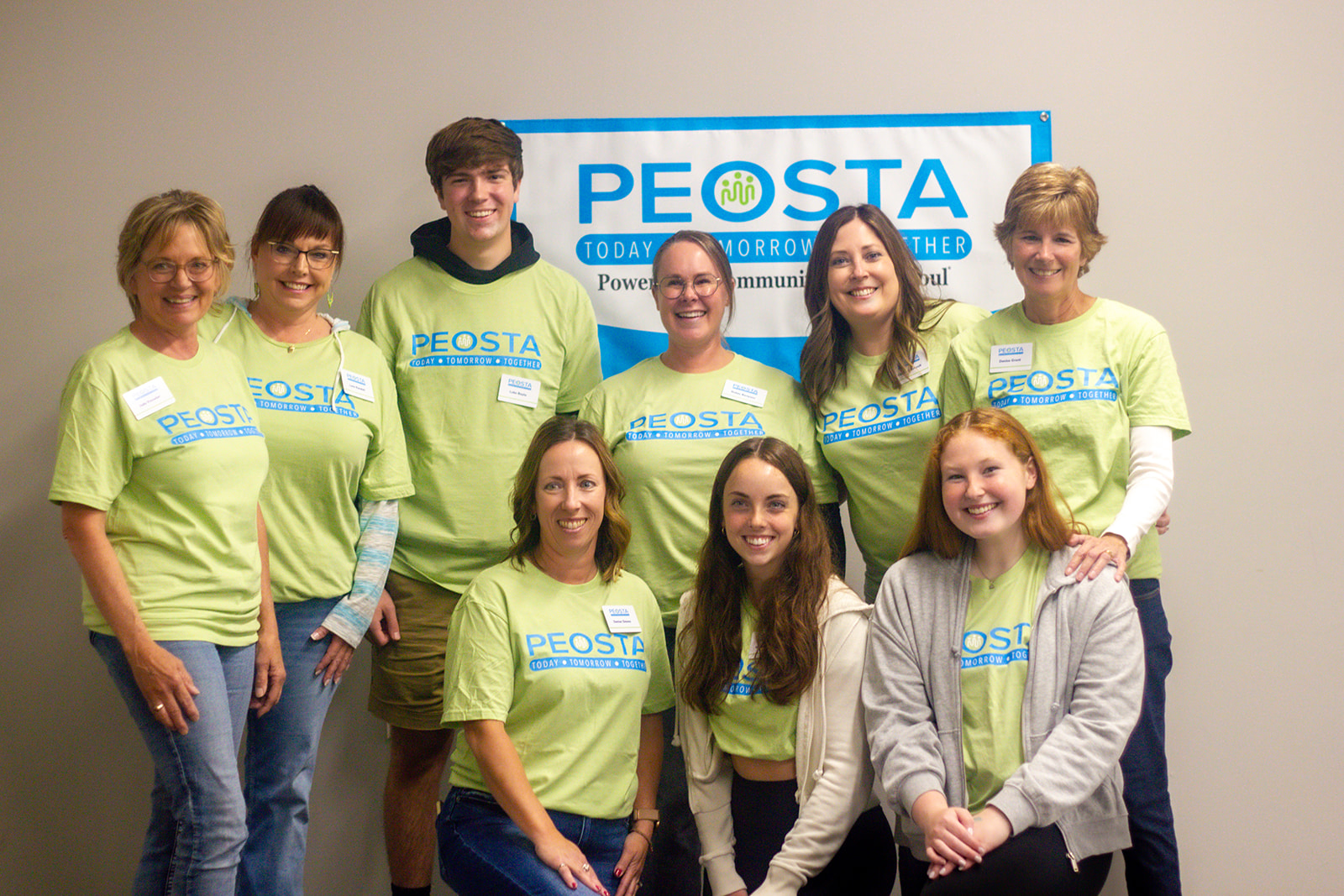Pittsfield, Maine: What makes a ‘Good Place to Call Home’ even better?
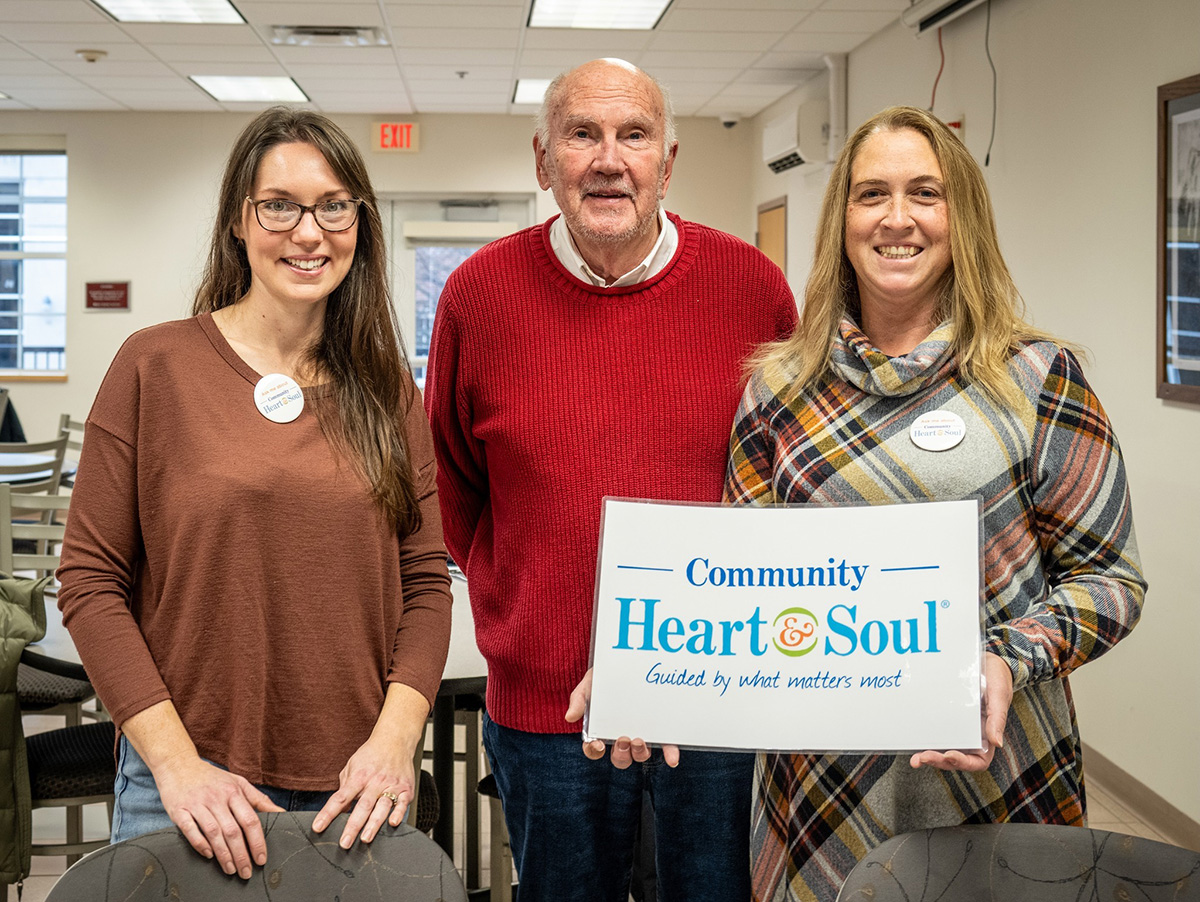
Pittsfield, Maine, is as optimally situated as a community could be in the Pine Tree State. Halfway between Bangor and Waterville, it takes but a half-hour to drive to either city. Moreover, the community of 3,078 residents is almost equidistant between Maine’s Western Mountains and the Atlantic coastline — one hour’s drive to the northern edge of Penobscot Bay, while in the other direction, it is but 90 minutes to reach Kingfield, at the base of Sugarloaf Mountain.
More importantly, however, this Central Maine town is blessed with an abundance of its own assets: Waterfront on the Sebasticook River, a small ski mountain, a municipal airport, a handsome 1903-built Carnegie library, a town pool, multiple parks, four buildings on the National Register of Historic Places, a highly-regarded summer concert series, and an historic legacy of cultural and educational enrichment.
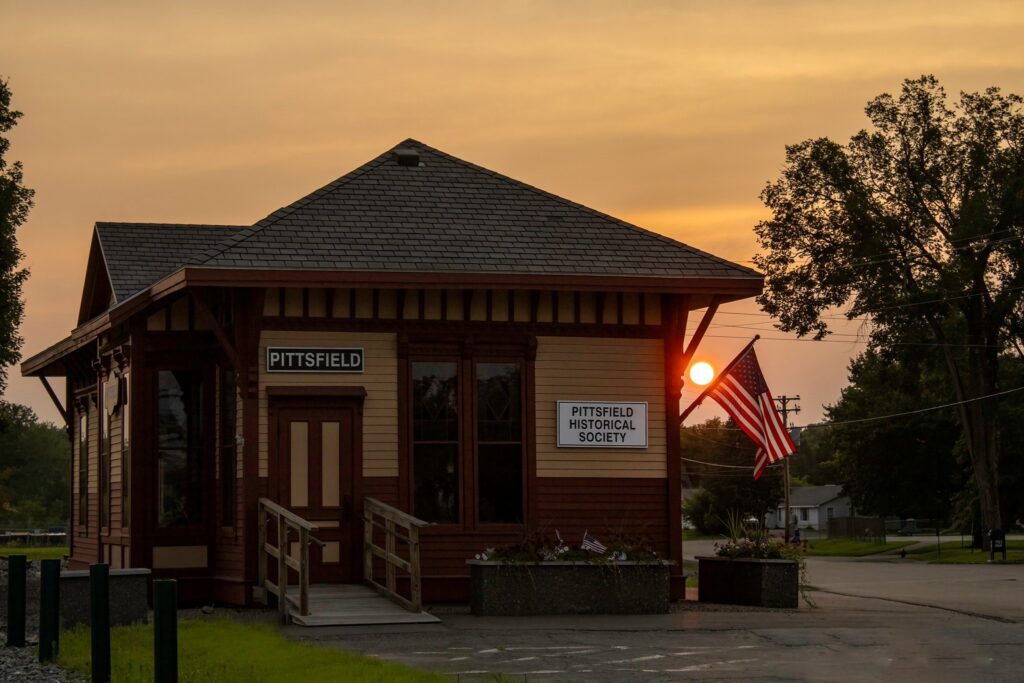
And the earth is generous in that region of the state, with rich soil, rivers and tributary streams. It sits along Maine’s agricultural spine, with low hills and plenty of acreage to farm.
“Ours was a simple land, lying between two major picturesque rivers, land that in the distant past had been covered with glacial ice that had slowly melted into the sea, leaving long ridges of sand and gravel horsebacks and a vast expanse of water,” wrote Sanger Mills Cook in his history book, Pittsfield on the Sebasticook, published in 1966.
Abenaki tribes had preceded the settlers in the area, thriving on freshwater fish and woods full of game. The English arrived, first as hunters and trappers, then as farmers. Mills were built, churches established (Unitarian Universalists, Methodist, Baptist), boards of selectmen created, and schools founded. Later came the textile and shoe factories, followed by 20th Century manufacturing and construction, and then the health care industry and business administration.
The town, encompassing 48 square miles, is simply “A Good Place to Call Home”, as a short video about Pittsfield attests.
But, the community wants to move itself forward, to shape a future both robust and resilient. After decades of declining population (its high was 4,200 in 1970), Pittsfield wants to attract new families, as well as enterprise, and revive traditions that have slipped away.
In 2024, citizens applied for, and received, for a Community Heart & Soul Seed Grant to help get the effort off the ground. The Town of Pittsfield agreed it was a good idea, and matched that grant, saying: “This decision is a testament to the Town Council’s dedication to fostering community development and enhancing the quality of life for our residents.”
A strong corps of volunteers has begun the work, and just recently produced a video introducing Community Heart & Soul to Pittsfield residents, with an open invitation to become involved. The video opens with an expansive bird’s eye view over the town’s long respected Maine Central Institute, a testament to the town’s legacy support of education.
MCI is a nationally-known private secondary boarding school that also serves as the local high school. It has attracted students — hometown and international — for many years The school was established in 1866 by two abolitionist reverends who also founded Bates College, in Lewiston, and today MCI nurtures a thriving arts community, houses an advanced math and science center, as well as a competitive athletic program. Not to mention, the Bossov Ballet Theatre, a performance company and an international pre-professional ballet school.
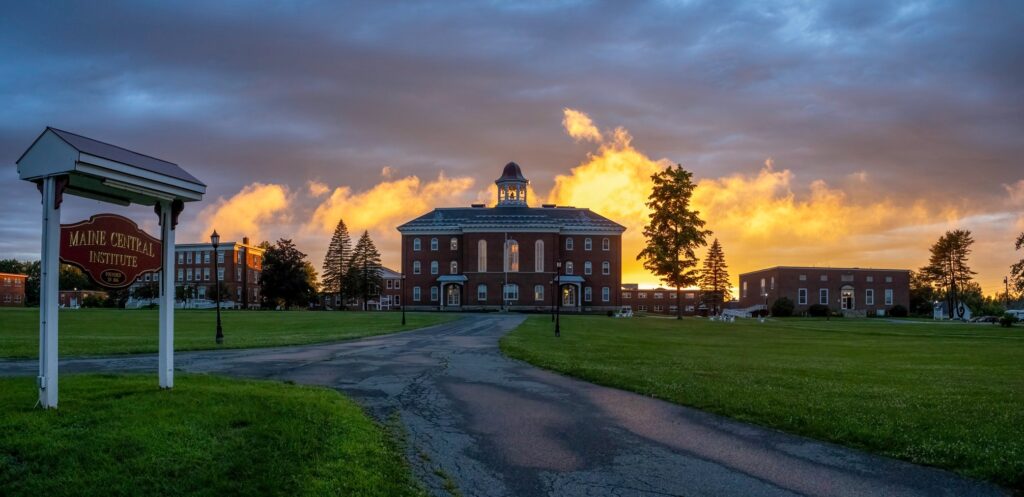
Pittsfield is also home to Cianbro Corporation, one of the largest employee-owned shop construction businesses in the United States (employing more than 4,000 across the country). There is the 25-bed Northern Lights Sebasticook Hospital in Pittsfield, and CM Almy, a factory founded in 1892 that to this day produces vestments, choir robes, Eucharistic vessels and other church and clergy supplies.
Fiber broadband enhances the community as a place to live and work remotely (courtesy of Maine’s 3-Ring Binder push to extend internet capacity across rural areas of the state). It is a regional employment center recognized for providing 2,000 jobs, and in addition to the larger businesses, there are 200 smaller enterprises paying property taxes to the town.
In addition to commerce, Pittsfield has a long history of farming, and in celebration of those roots, a new seed and cutting lending library has been created by the Pittsfield Maine Community Garden Club and the Pittsfield Public Library. The goal is to build a collection of free seeds and cuttings (fruits, vegetables, herbs, flowers, or houseplants) for any member of the community to take home and grow.
“This is a great resource to share and learn with each other while beautifying our wonderful town,” organizers say, on their Facebook page.
Even more comforting, residents feel secure. It is a safe place to walk and raise families.
“The community is great,” said Jennifer Murray, who moved east from New Mexico in 2008 with her family, including three boys, in order to be closer to her own parents. “It is so safe here, and the boys can go fishing whenever they want to.”
Still, there is a nagging concern that the fabric of Pittsfield frayed, just as its population decreased. With easy access on and off I-95, those short rides to larger cities for errands and shopping put the Pittsfield downtown retailers at risk. And nobody wants Pittsfield to become a bedroom community.
Amy Kitchin is assistant to Pittsfield’s police chief, and sees her fellow townspeople on a daily basis. She grew up in Pittsfield and remembers a lively and engaged community. More recently, though, the energy has faded. Traditional events, such as July’s annual Central Maine Egg Festival — ongoing since 1973 with its unique nod to the poultry industry — quietly ended.
She knows that younger parents, especially those who settled in town, do not hold the same common memories of Pittsfield, and its grounded sense of place.
“We had been poking and prodding to bring back to town some things that had been lost,” Amy said. “We ended up doing it ourselves.”
By “we,” she means the police department, the officers and staff. They created community events, such as a Halloween Trunk or Treat, calling in food trucks and encouraging businesses to stay open through the day and evening. A Pittsfield Candy Crawl was created along a route that began at MCI and finished for trick-or-treaters at the municipal parking lot, “creating a safe place,” said Amy.
The community responded with enthusiasm, and for Amy, that reinforced the sense that they were on the right track to rebuild community engagement.
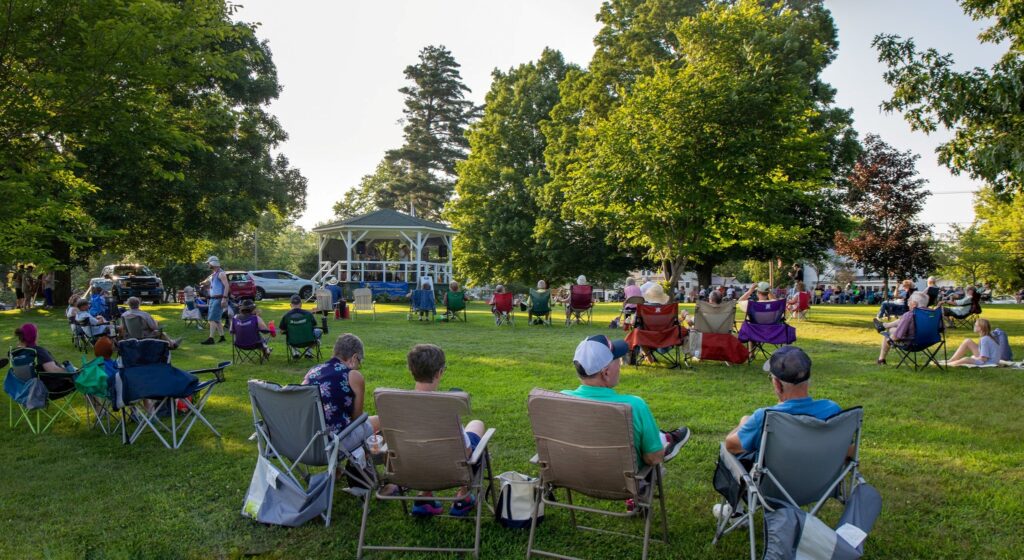
But what contributed to the contraction in the first place?
For one, the COVID-19 pandemic cast a pall across human interactions across the globe, and Pittsfield was no exception. Then, the local Kiwanis club dissolved. The downtown movie theater closed. And sadly, an older generation of active community organizers passed away. Town government, run by a seven-member council and town manager, went through the motions, but without enthusiasm.
Residents grew wary about Pittsfield’s future, wanting to address the issue.
“And they just did not know where to start,” Amy said.
As has happened in many municipalities, someone picked up the social media ball and established a Facebook page dedicated to Pittsfield. It has become a lively online forum to share news, observations, and promote causes and businesses. And like most community Facebook pages, tempers can flare. A remark about snow-plowing last winter evolved into a larger critique — and defense — of municipal services in general.
One person said the town was nothing like it used to be. Others cautioned for kinder and more productive sentiments: “Don’t like the way things are? Get to a town meeting and let your concerns/thoughts be heard. Become part of the solution and not add to the problem. Is anyone happy anymore or just looking for a reason to be in the company of misery?”
Amy and others know instinctively that this is the time for a Pittsfield Heart & Soul project, the chance for a collective introspection, and to chart a new course for the community. They want to hear what they think about their home, neighborhood and town.

Jan Laux has joined Amy, along with six other community leaders, in moving Pittsfield Heart & Soul forward. He has lived in town since 2002, retiring there from northern New Jersey after a career in education. A staunch supporter of the community, he has served on the town’s planning and school boards.
Jennifer Murray is also helping, and they are now creating a Phase Two community outreach plan to reach all residents.
They are working with the school system, and they have created a Facebook page. They want to hear from everyone: What matters most about their community? What future do they want to shape?
The process requires a deep dive into the heart and soul of Pittsfield, that busy community built on industry, Yankee enterprise, and a formidable respect for culture and education. Residents know they are living in a great place, but now they have the chance to better define why that is, and what just might make it better.
Amy sums it up succinctly, saying, “We do not want it to wither away.”
Want to bring Community Heart & Soul to your town? Apply for a $10,000 Community Heart & Soul Seed Grant to get started. Learn more at: www.communityheartandsoul.org/seed-grants

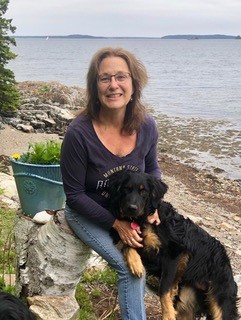
Lynda Clancy is editorial director of the Penobscot Bay Pilot, an online community hub that covers a large region of coastal Maine. The beauty and complexity of small towns have inspired her as a writer and photographer since the 1980s. An award-winning journalist, she serves on the Maine Press Association’s Board of Directors, the Maine Legislature’s Right To Know Advisory Committee, as well as local community nonprofits and municipal committees.


